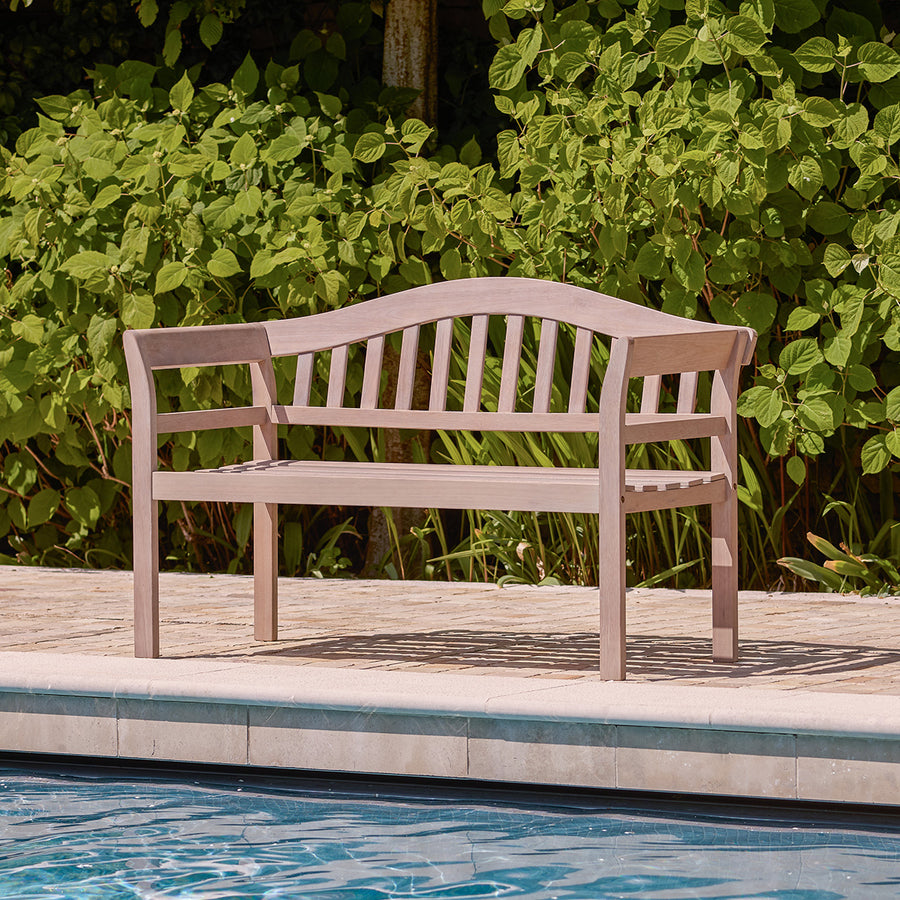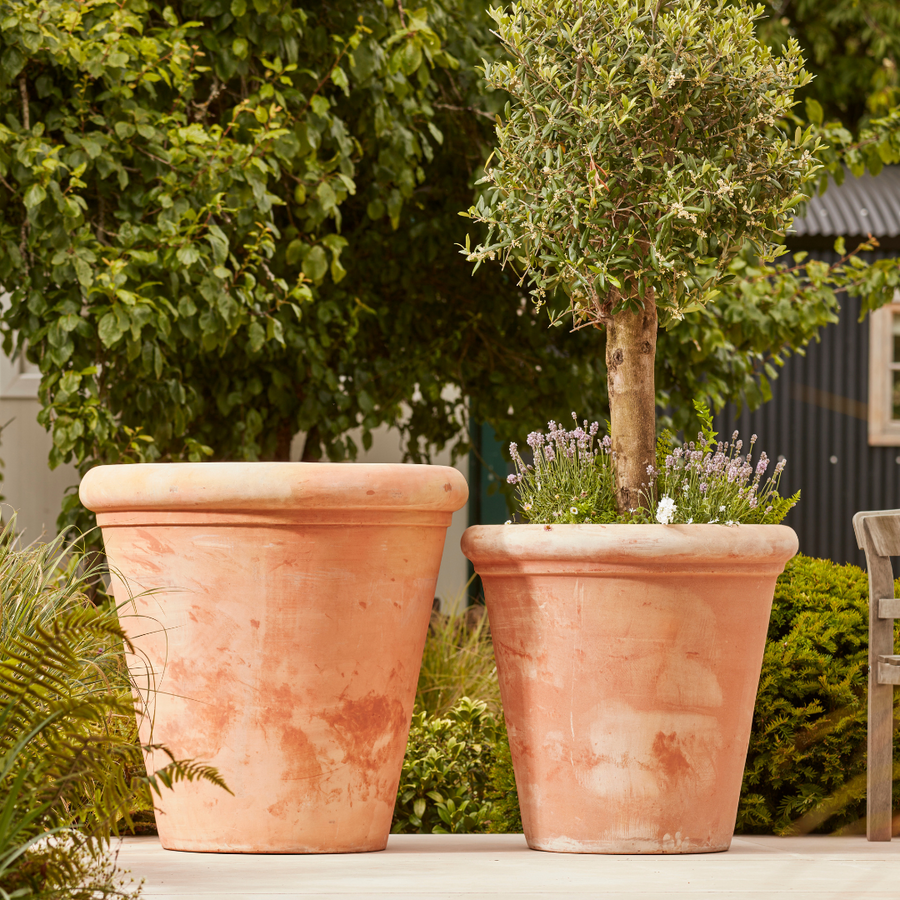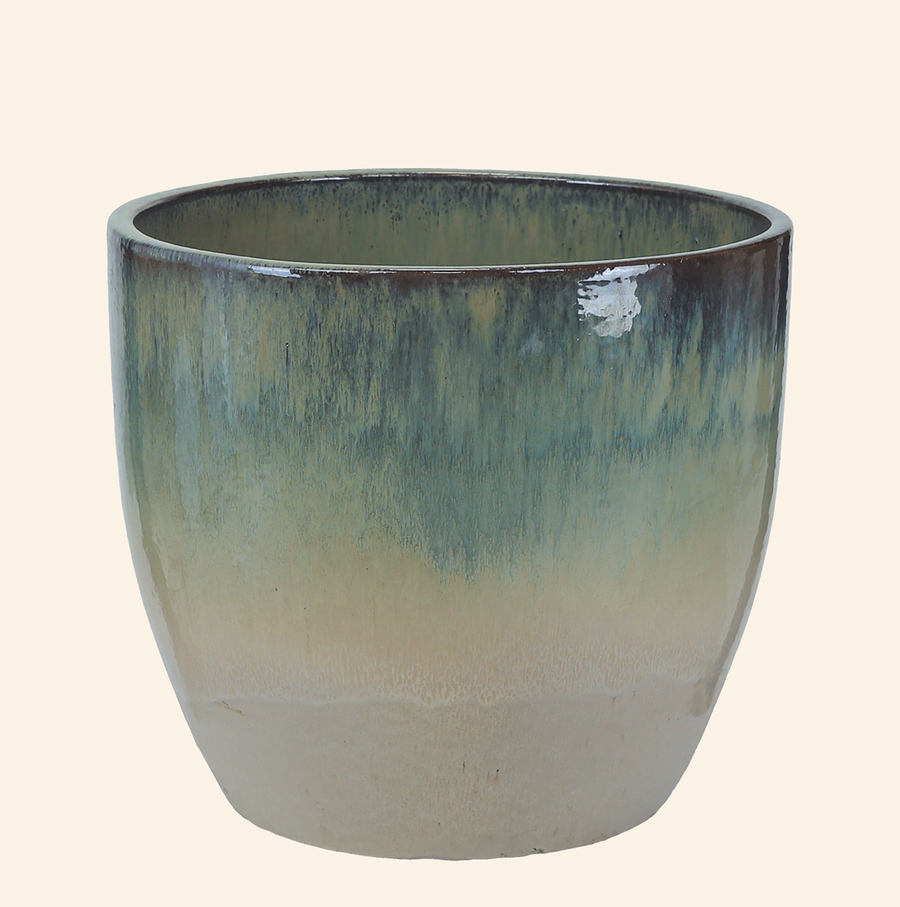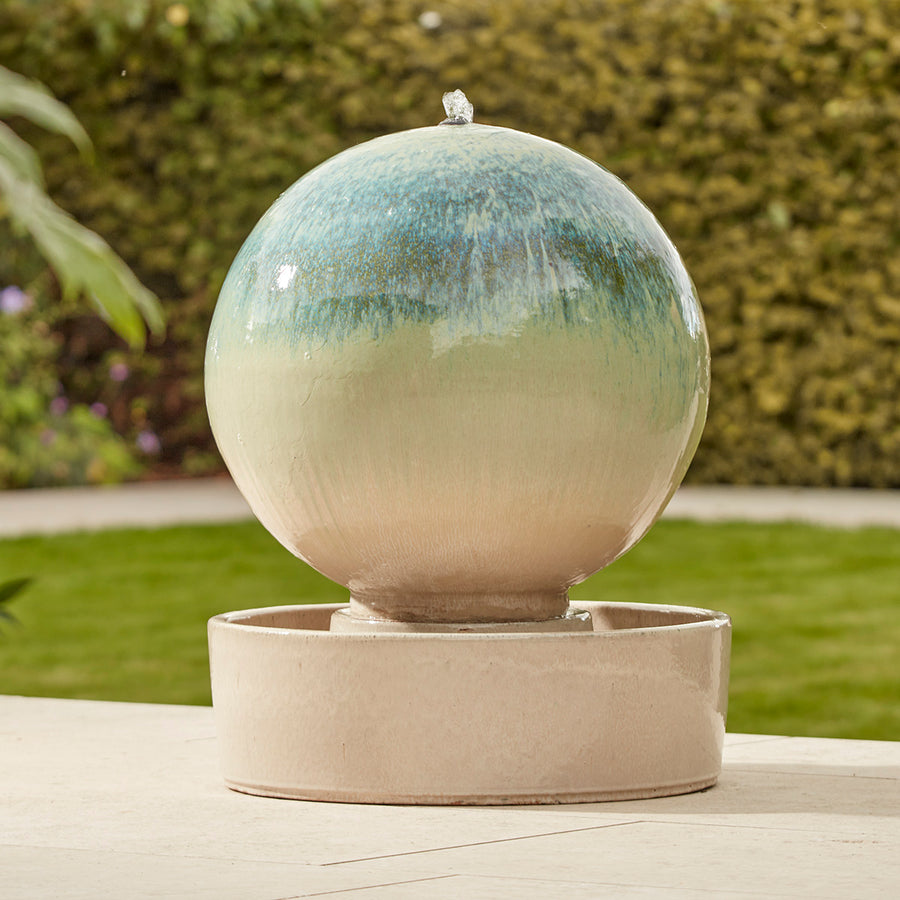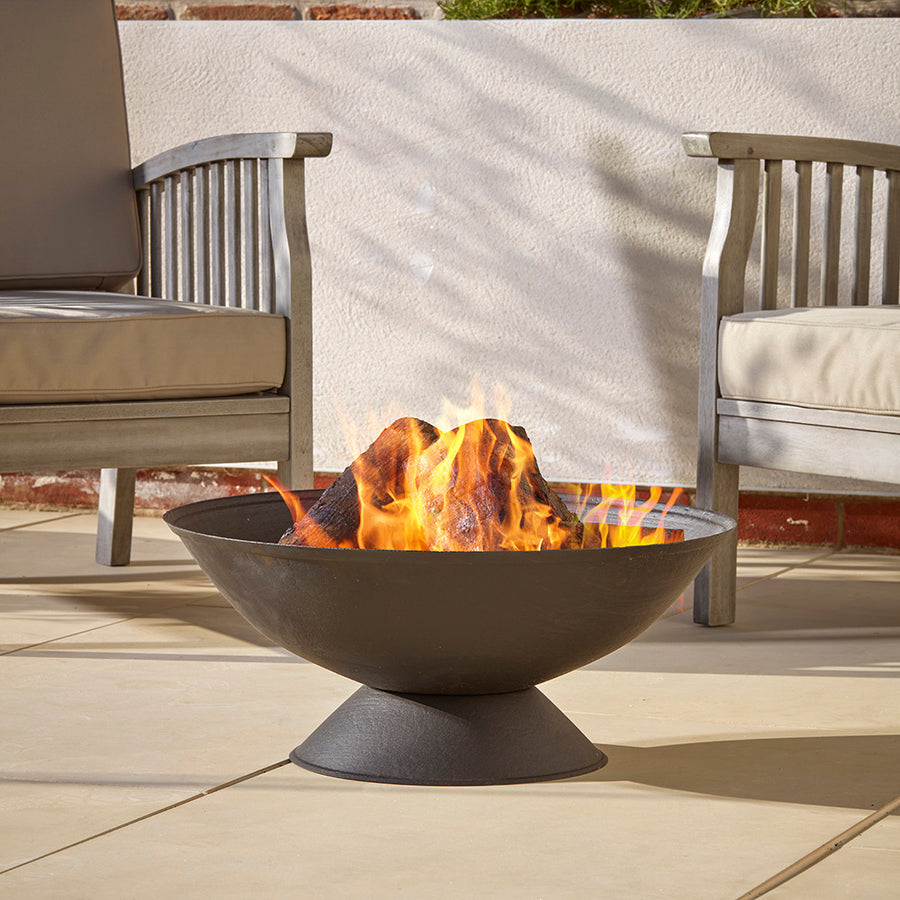How to choose the best plants and care for a terrarium
Plants have taken the interior decor world by storm. Almost everyone's house has a little succulent or monstera in one of their rooms But, there is a new plant trend on the rise and its terrariums!
Easy to maintain and bringing some greenery indoors, it’s plain to see why indoor terrariums have become so popular. They are also ideal for people will small spaces, beginners and busy plant parents since they don’t take up too much space in the home.
Here at Gardenesque, we have just launched a terrarium starter kit that will appeal to anyone looking to get green fingered.
What is a terrarium?
Terrariums are like a mini-greenhouse in glass containers and jars for plants such as air plants, succulents, ferns, carnivorous plants and dwarf palms, that thrive in both humidity and a low moisture environment.
What plants?
Not all houseplants are suitable for a terrarium. Slow-growing plants that prefer high humidity are best. Succulents including cacti are ideal because they generally thrive in high light and low moisture environments.

Air plants such as Tillandsia will thrive quite happily in an open terrarium, as will ferns, carnivorous plants.
When selecting plants for your terrarium, we recommend keeping succulents and cacti together, and fern and tropical plants together, because they require different amounts of water and soil.
What you will need
- Gardenesque Glass terrarium kit with cork lid
- Chopsticks, tongs, or tweezers
- Plants for your terrarium – here are some of our favourites to use:
- Pilea
- Tillandsia
- Peperomia
- Fittonia
- Helxine
- Venus fly traps
- Hawthornia
- Echeveria
- Crassula
- Moss
- Small pebbles or rocks

Instructions
- The fun part of creating a terrarium is building the layers. For proper drainage, start by covering the bottom with pebbles, gravels, or small stones.
- Follow this with a layer of compost. Make sure to add enough soil, probably at least 2 ½ inches.
- Add in a few pieces of charcoal, if possible, to add beneficial nutrients and enhance the moisture retaining qualities of the soil. This keeps the plants’ water fresh and prevent any bacterial growth in your terrarium.
- Using your tweezers or chopsticks, start planting the largest plant first, then down to the smallest. Dig a hole for your plant and nestle the plant into the soil.
- Complete the look with pebbles and decorative elements like moss to create your own miniature landscape.
- Add a little water or spray with a bottle mister and place in a light place, but away from direct sunlight.
Terrarium care
Terrariums are self-nourishing so require very little maintenance. In terms of watering, these mini ecosystems are ultra-low maintenance once planted up, as moisture is contained within and the only worry is watching out for any dead or dying leaves that might cause fungal diseases.
We recommend lightly misting your open terrarium every 3-6 weeks with water. Take care not to overwater. If you decide to have a closed terrarium you may want to remove the lid every now and again to let in some fresh air.
Looking for more creative planting ideas?


